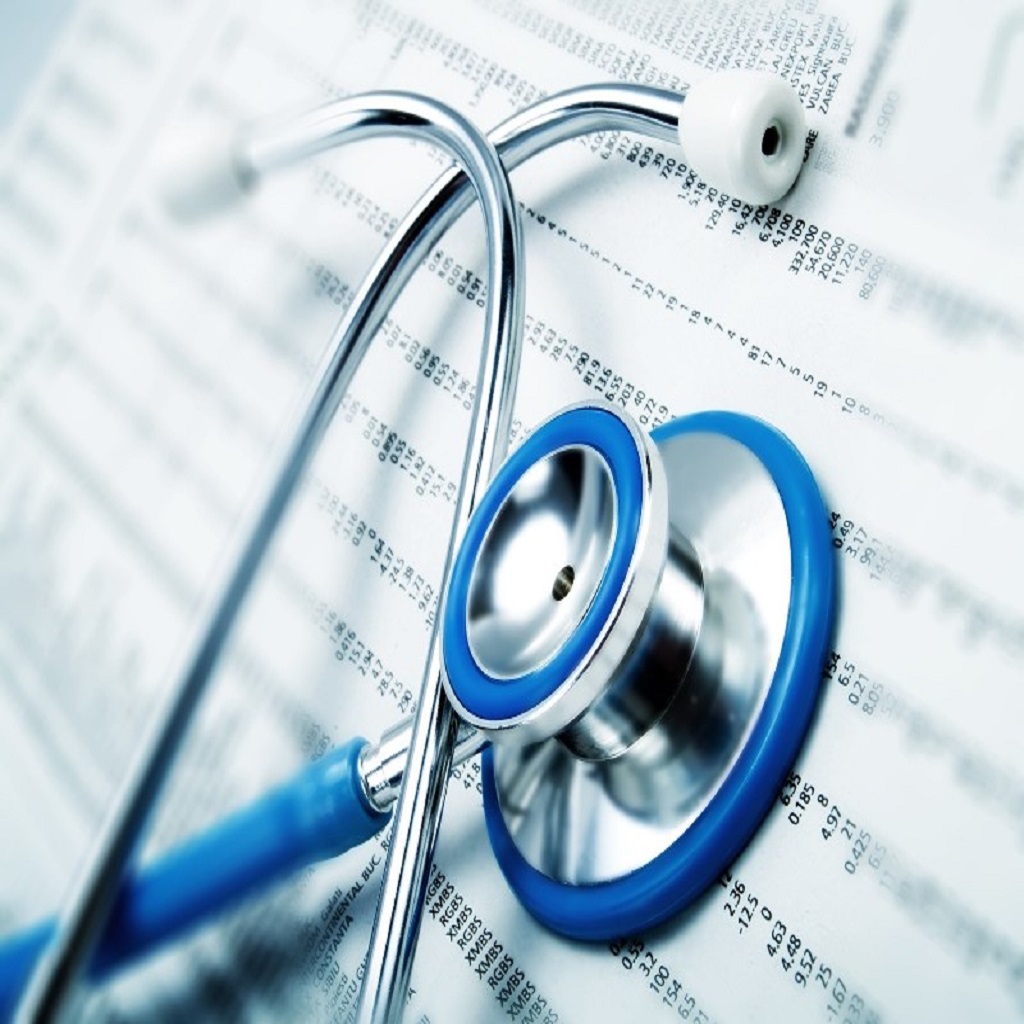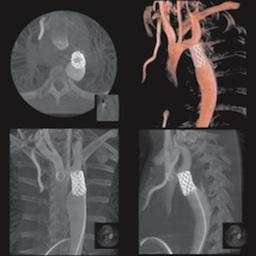
FAQs :
1) What are the heart valves ?
There are four valves which control the
blood flow through the heart. They all consist of two or three
flaps which swing open to allow blood through with each heart
beat, and swing closed to prevent blood going back in the wrong
direction.
Deoxygenated (blue) blood returning from the body collects in
the right atrium. It flows to the right ventricle through the
'tricuspid valve'. It is then pumped through the 'pulmonary
valve' into the pulmonary artery on its way to the lungs.
Oxygenated (red) blood returning from the lungs collects in the
left atrium and flows through the 'mitral valve' into the left
ventricle. It is then pumped through the 'aortic valve' into the
aorta and to the body. (Illustration)
2) What is meant by the term 'congenital heart disease' ?
The phrase 'congenital heart disease' refers
to the various abnormalities of the heart which are present at
birth. Other words, such as disorder, defect, condition, or
problem, may be used instead of disease.
There are three main types of abnormalities :
There may be a narrowing (called 'stenosis') in parts of the
heart, in its valves, or in the blood vessels outside the heart.
This narrowing obstructs the flow of blood and puts strain on
the heart muscle. In severe cases, the flow of blood past the
obstruction may be reduced.
There may be holes in the partitions (septums) between the
chambers of the heart. These allow blood to flow from one side
of the heart to the other (called 'shunting'). As the blood
pressure is higher in the left side, blood flows (shunts) from
left to right and results in increased flow to the lungs. The
normal communications present at birth may persist between the
main blood vessels attached to the heart, e.g. Patent Ductus
Arteriosus. This also results in increased blood flow to the
lungs.
3) How common are congenital heart problems ?
Abnormalities of the heart are present in
nearly 10 in every 1,000 babies born. Some of these are mild and
cause no significant disturbance to heart function. In many
cases, such minor problems need no treatment and do not affect
the life or the health of the child. More serious abnormalities
are present in about five of these ten individuals with
congenital heart problems.
The total frequency of all birth defects affecting different
parts of the body is quite high. Some abnormality occurs in
about 25 in every 1,000 babies born. This, however, includes
many minor abnormalities.
4) Can a child acquire a heart problem ?
While most children with a heart problem are
born with it (congenital), there are some problems which may
develop later (acquired).
Acquired heart problems include myocarditis (where the heart
muscle becomes inflamed and may be damaged by a viral
infection), cardiomyopathy (a disease of the heart muscle which
can be caused by a genetic disorder or can develop following an
infection), rheumatic heart disease (resulting from rheumatic
fever which may lead to damage to the heart muscle and in
particular to the heart valves), and Kawasaki disease (an
illness that occurs in young children that may leave the heart
muscle or coronary arteries damaged).
5) What does heart surgery involve ?
If an operation is thought to be necessary,
one of the Cardiac Surgeons will discuss the proposed surgery
with the child's parents. Sometimes, an operation will be needed
urgently in the first few weeks after birth. When there is no
major urgency, the operation will usually be performed at the
earliest stage with the lowest possible risk, and well before
there is likely to be any irreversible damage to the heart,
lungs or other organs as a result of the heart problem. This is
likely to be within the first one to two years of life in most
cases, unless the problem is detected later or does not merit an
operation until an older age. Until this time is reached,
periodic reviews will be carried out so that any change may be
detected and plans altered if necessary.
Children undergoing heart operations usually stay in hospital
for about one week, though young infants and some older children
may need to stay longer. School age children may then require a
few weeks further convalescence at home.
A number of the conditions which require an operation can be
dealt with by fairly simple methods. Others can only be dealt
with using the heart-lung bypass machine (so called 'open heart'
operations). This machine will take over the work of the
patient's heart and lungs while the surgeon operates inside the
heart itself. Operations with the heart-lung machine involve
different (though not necessarily higher) risks than those for
which the machine is not needed. Particular problems relating to
individual cases will be discussed with parents when surgery is
being considered for their child.
6) Can there be complications from heart surgery ?
Complications from surgery may arise, but
with improvements in technology, in surgical procedures and with
more surgery being performed at a younger age, the risk of
complications is continually being reduced.
The possible complications are related to the specific type of
surgery being performed and they vary widely depending on the
nature of the problem which requires surgery.
Your child's cardiologist and cardiac surgeon will discuss this
subject with you prior to surgery.
7) What causes cardiovascular disease ?
There are many risk factors that contribute
to the development of cardiovascular disease. Some people are
born with conditions that predispose them to heart disease and
stroke, but most people who develop cardiovascular disease do so
because of a combination of factors such as poor diet, lack of
physical activity and smoking, to name just three. The more risk
factors you expose yourself to, the higher the chance of
developing cardiovascular disease.
Many of the risk factors for cardiovascular disease cause
problems because they lead to atherosclerosis.
Atherosclerosis is the narrowing and thickening of arteries.
Atherosclerosis develops for years without causing symptoms. It
can happen in any part of the body. Around the heart, it is
known as coronary artery disease, in the legs it is known as
peripheral arterial disease.
The narrowing and thickening of the arteries is due to the
deposition of fatty material, cholesterol and other substances
on the walls of blood vessels. The deposits are known as
plaques. The rupture of a plaque can lead to stroke or a heart
attack.
8) How are smoking and heart disease linked ?
Smoking damages the lining of blood vessels, increases fatty deposits in the arteries, increases blood clotting, adversely affects blood lipid levels, and promotes coronary artery spasm. Nicotine accelerates the heart rate and raises blood pressure.
9) Aren’t women protected from heart disease because of estrogen ?
Estrogen does help raise good HDL cholesterol so protecting women, but once through the menopause as many women as men are affected by heart disease: but if a woman suffers from diabetes or has raised levels of triglycerides that cancels out the positive effect of estrogen.
10) How do the symptoms of heart attack differ between men and women ?
The symptoms of heart attack in a man are
intense chest pain, pain in the left arm or jaw and difficulty
breathing.
A woman may have some of the same symptoms, but her pain may be
more diffuse, spreading to the shoulders, neck, arms, abdomen
and even her back. A woman may experience pain more like
indigestion. The pain may not be consistent. There may not be
pain but unexplained anxiety, nausea, dizziness, palpitations
and cold sweat. A woman’s heart attack may have been preceded by
unexplained fatigue.
Women also tend to have more severe first heart attacks that
more frequently lead to death, compared to men.







